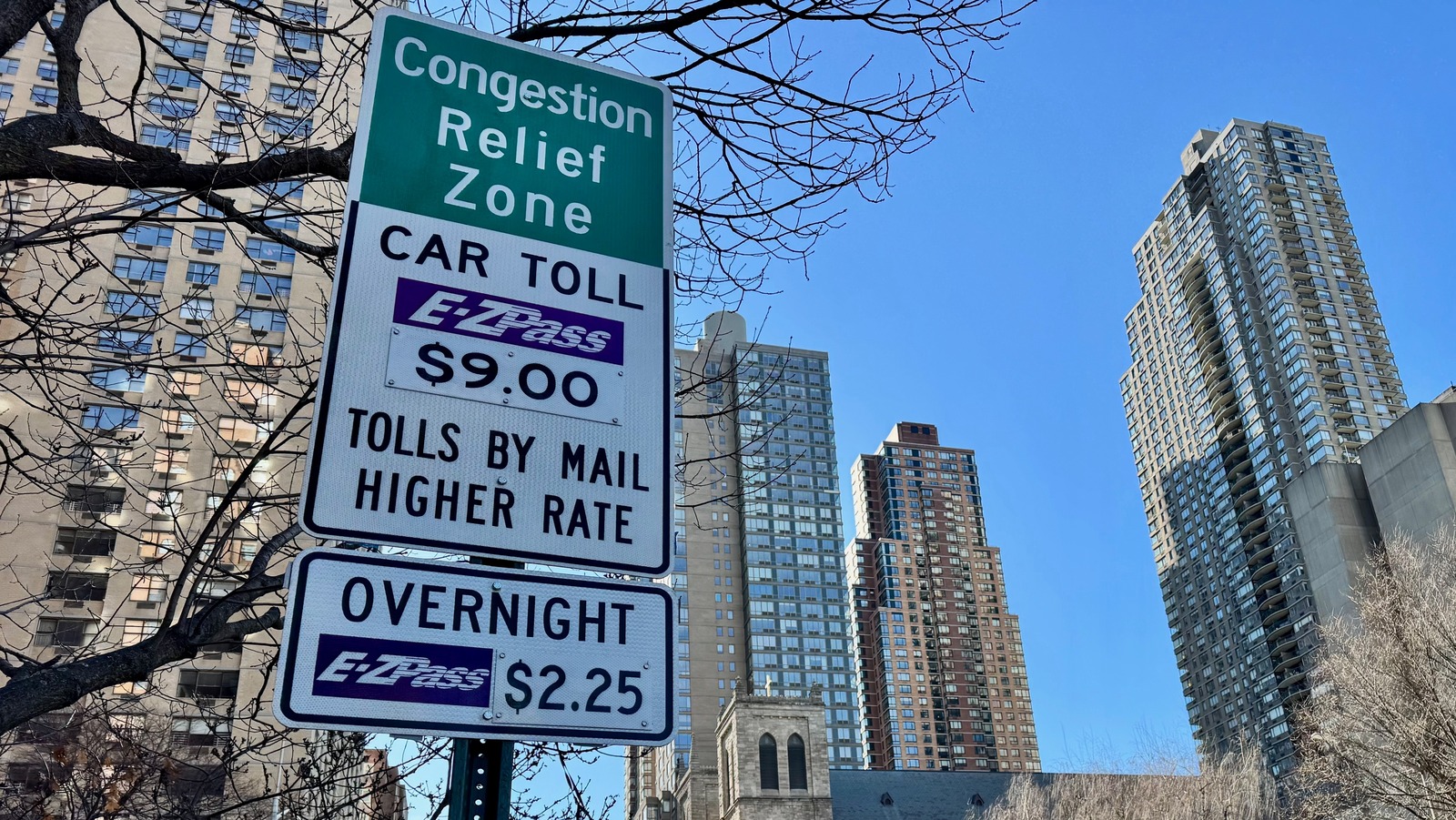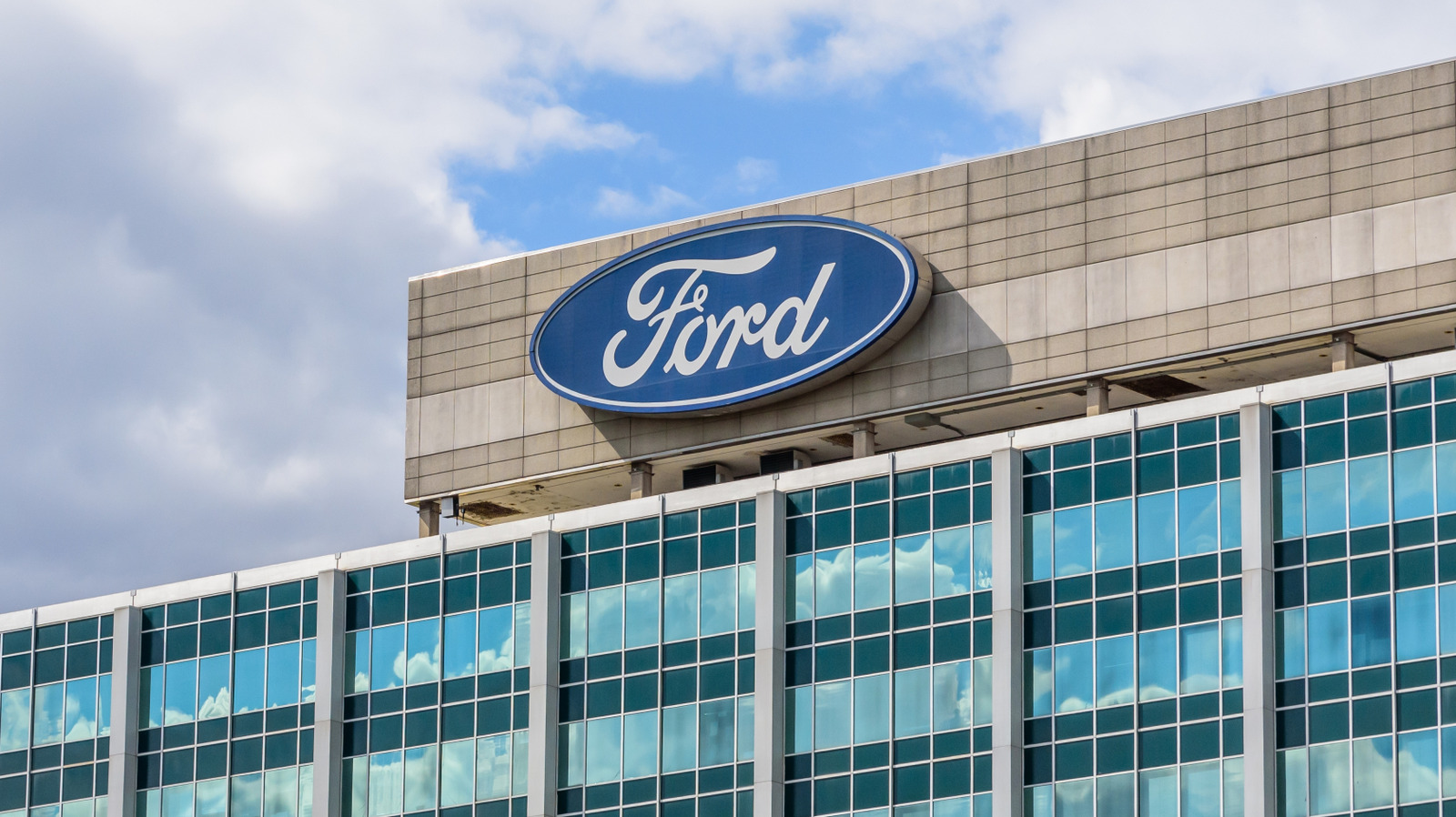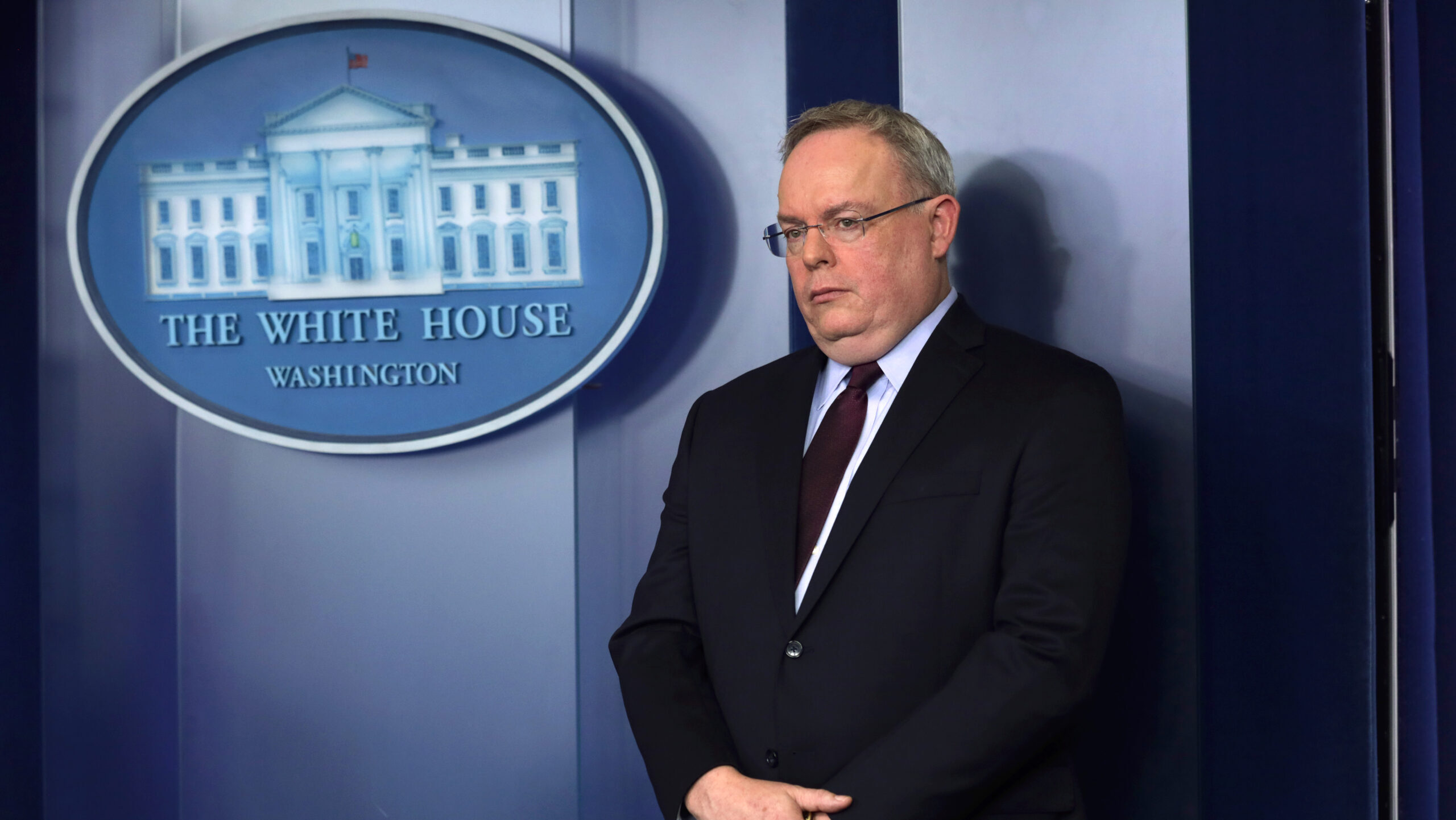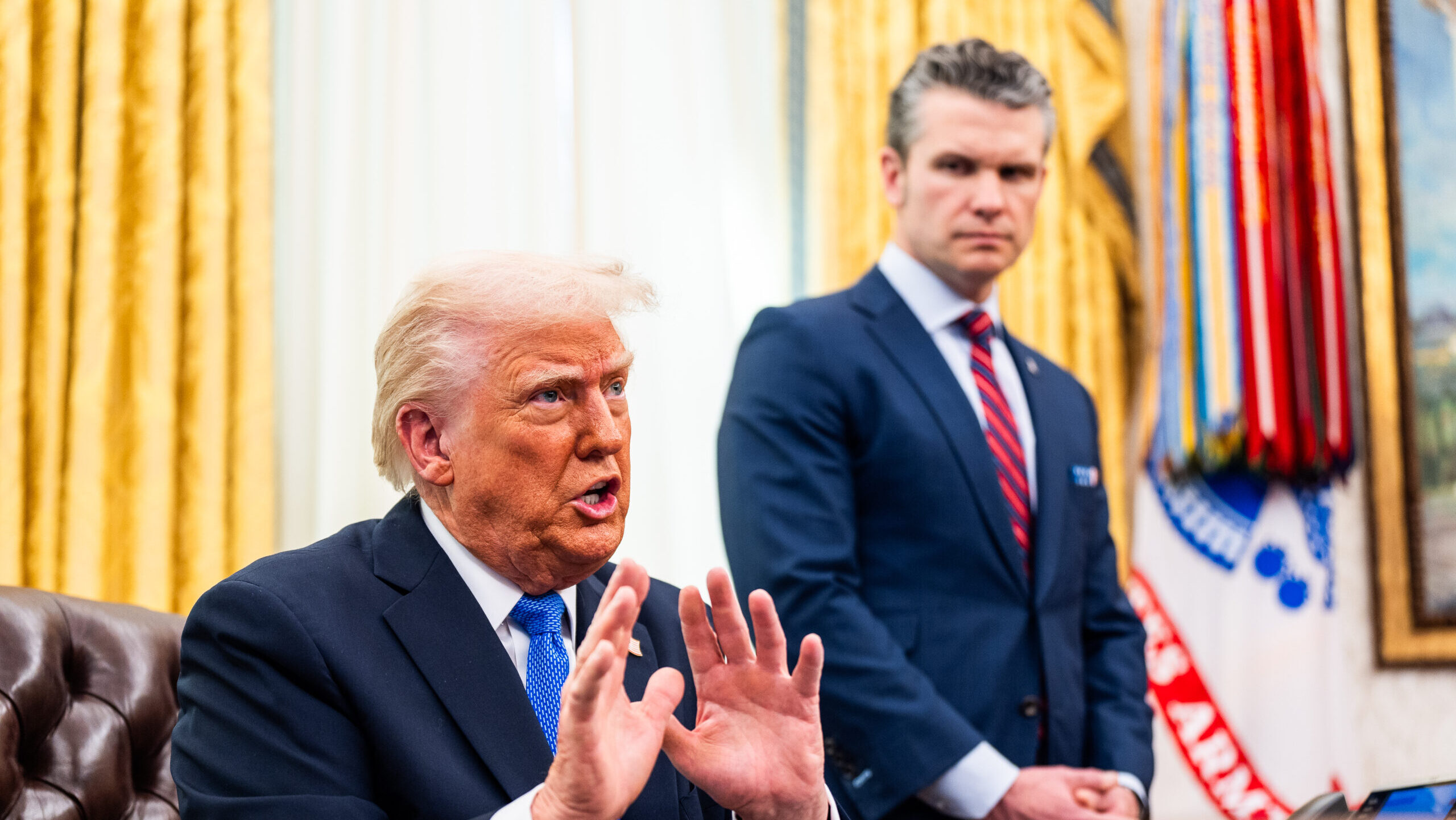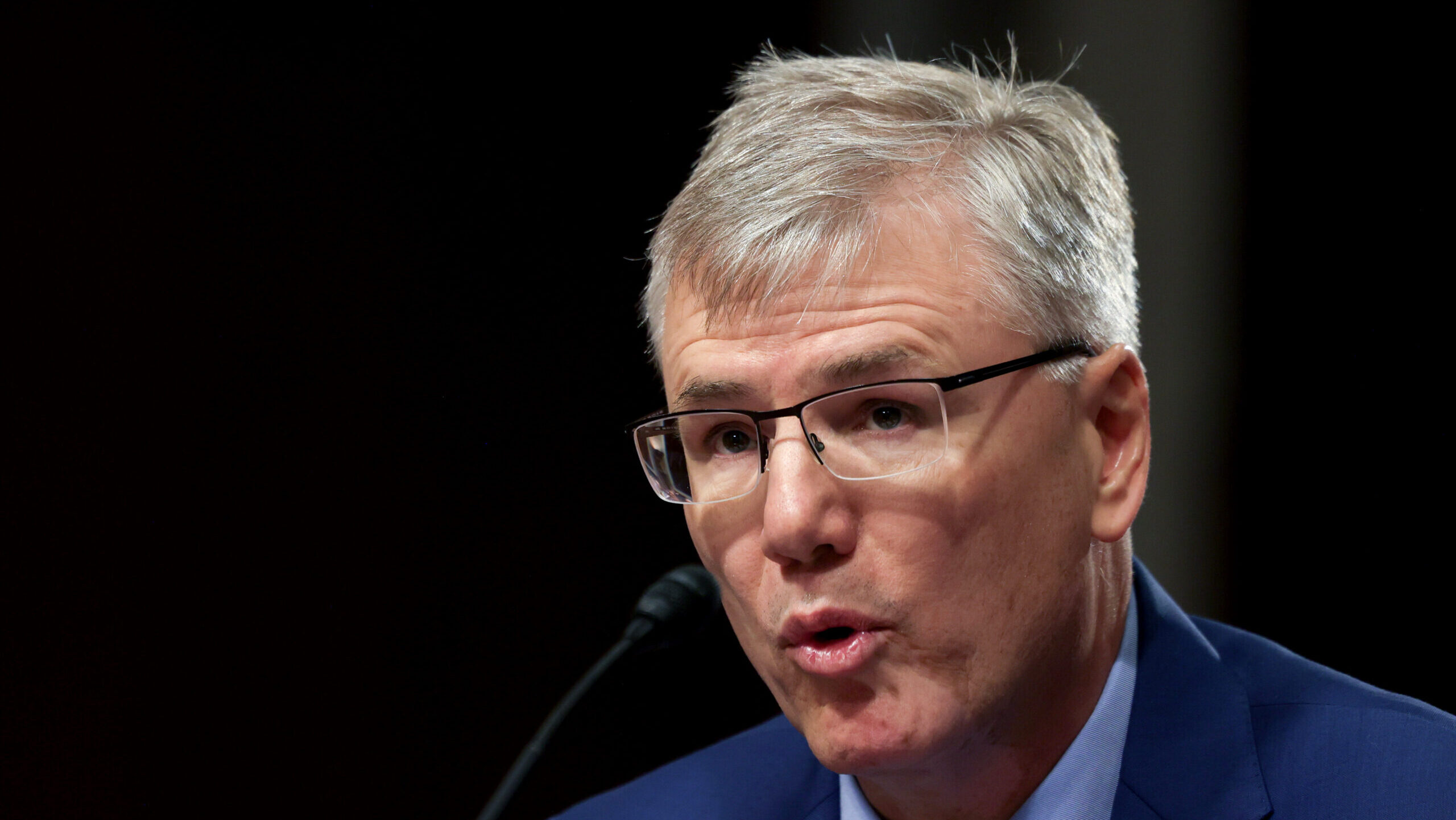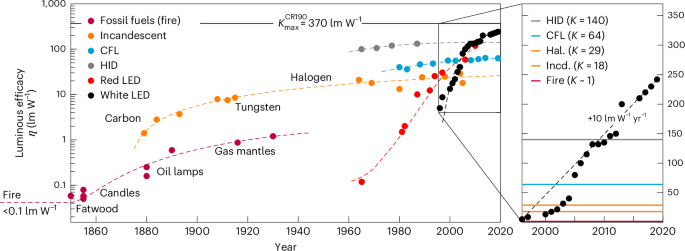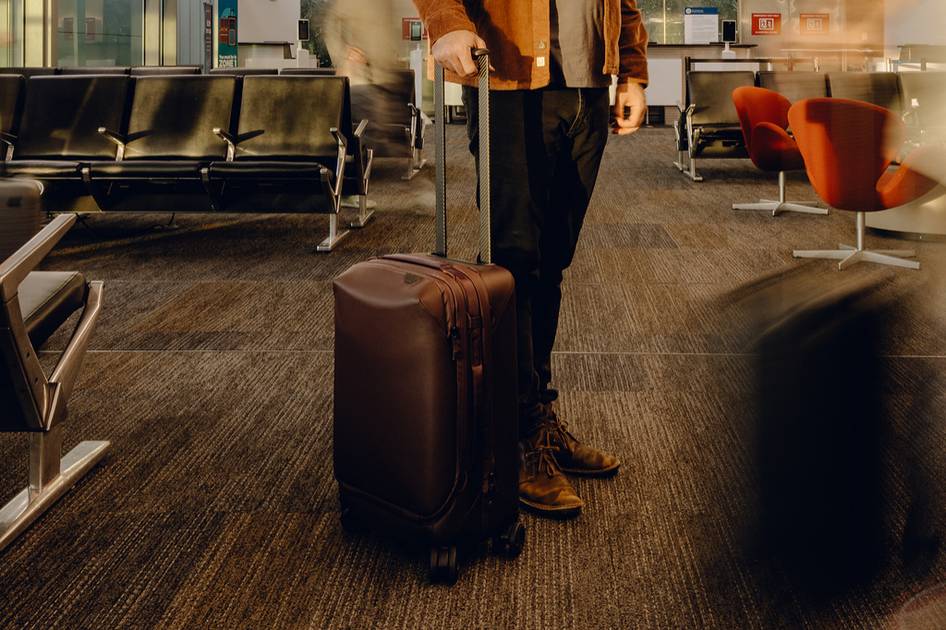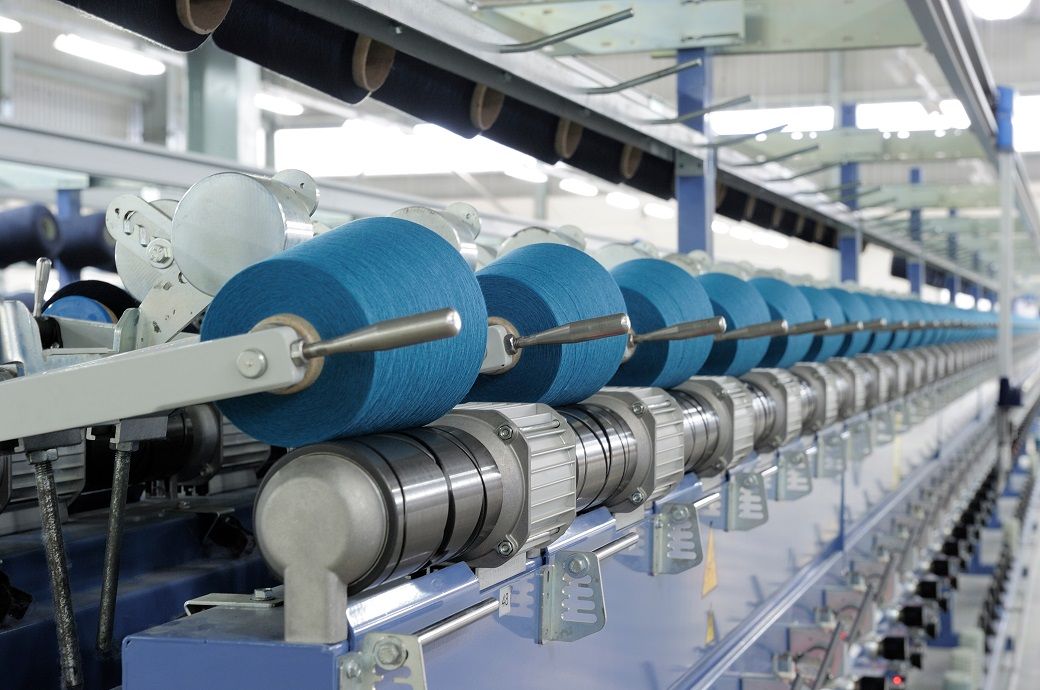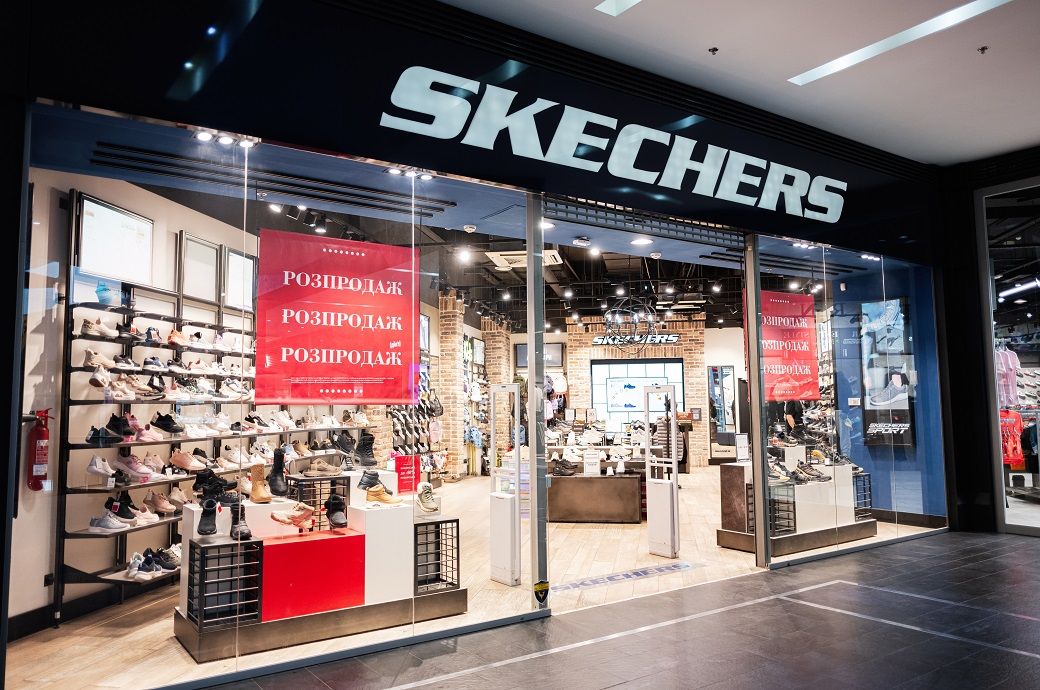Shoppers from abroad are no longer flocking to American stores
Fifth Avenue in New York City Credits: Unsplash For global consumers, the United States has long been more than just a travel destination—it is a retail and fashion mecca. From the flagship boutiques of New York’s Fifth Avenue to the sprawling designer outlets of California and Florida, the U.S. has offered international visitors a potent mix of local and luxury brands, competitive pricing, and a culture of consumer abundance. For decades, tourists have timed trips around Black Friday sales and tax-free shopping opportunities, fuelling billions in economic activity and reinforcing America’s status as a shopping powerhouse. Yet in a striking reversal, international sentiment is shifting. Tourists from both Canada and Europe, long reliable contributors to U.S. travel and retail revenues, are beginning to look elsewhere. What began as anecdotal hesitation among Canadians appears to be part of a broader trend. Europeans, too, are reconsidering their holiday destinations. Flight availability from major hubs such as London and Amsterdam remains unusually high for this time of year, indicating a softening in demand for U.S.-bound travel. According to Forbes, American retailers are now experiencing their steepest drop in foreign footfall since the pandemic. Should this trend persist, the economic impact could be substantial. Forbes estimates that if just 30 percent of Canadian travellers opt out of visiting the United States, the resulting dent in economic activity could exceed 6 billion dollars. The signs of strain are already visible. The U.S. Department of Commerce reported that international tourist arrivals fell by 12 percent year-on-year in March, as published by Bloomberg. And more worrying projections come from Goldman Sachs, which warns that escalating geopolitical tensions and retaliatory tariffs could trigger a global consumer boycott—both of American goods and of the U.S. as a travel destination. Their estimate? A potential 90 billion dollar blow to the U.S. economy. These figures come at a time when the American travel industry was riding high. According to the International Trade Administration (ITA), international travellers spent a record 254 billion dollars in the U.S. in 2024. Heading into 2025, the outlook had appeared buoyant, with Bloomberg reporting strong momentum and expectations for continued recovery. But the bloom may be fading. A recent Bloomberg Intelligence analysis warns that nearly 20 billion dollars in international retail spending may be at risk if foreign travellers begin voting with their wallets—choosing cities in Europe, Asia, or Latin America over New York, Miami, or Los Angeles. To be sure, the United States still commands extraordinary cultural and commercial gravity. But in a hyperconnected world, sentiment shifts quickly. If the perception grows that America is inhospitable or politically fraught, consumers and tourists alike may pivot elsewhere. And with tourism playing an outsized role in the country’s service-driven economy, the repercussions could be felt far beyond airport lounges and Fifth Avenue boutiques.
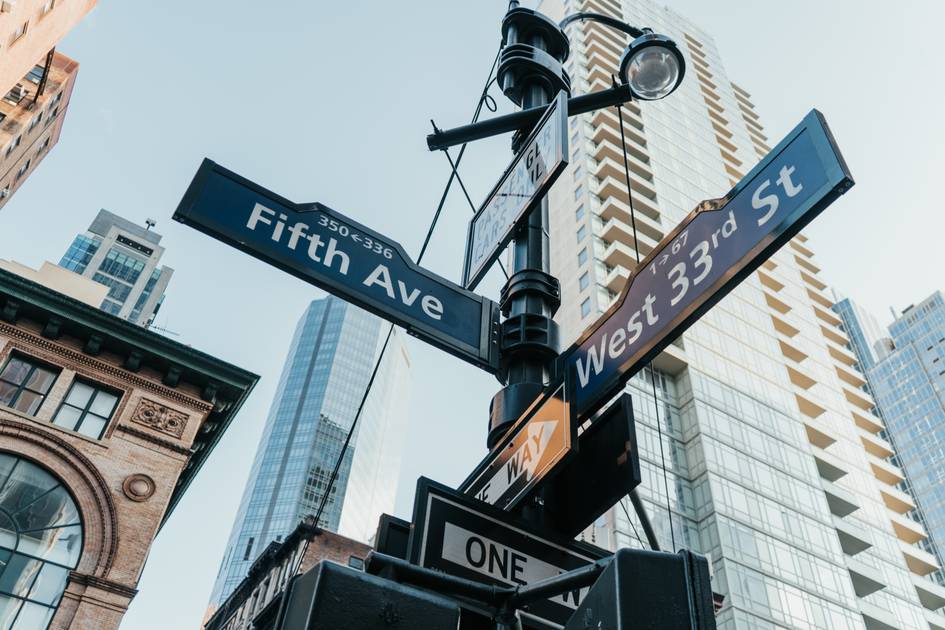
For global consumers, the United States has long been more than just a travel destination—it is a retail and fashion mecca. From the flagship boutiques of New York’s Fifth Avenue to the sprawling designer outlets of California and Florida, the U.S. has offered international visitors a potent mix of local and luxury brands, competitive pricing, and a culture of consumer abundance. For decades, tourists have timed trips around Black Friday sales and tax-free shopping opportunities, fuelling billions in economic activity and reinforcing America’s status as a shopping powerhouse.
Yet in a striking reversal, international sentiment is shifting. Tourists from both Canada and Europe, long reliable contributors to U.S. travel and retail revenues, are beginning to look elsewhere.
What began as anecdotal hesitation among Canadians appears to be part of a broader trend. Europeans, too, are reconsidering their holiday destinations. Flight availability from major hubs such as London and Amsterdam remains unusually high for this time of year, indicating a softening in demand for U.S.-bound travel. According to Forbes, American retailers are now experiencing their steepest drop in foreign footfall since the pandemic.
Should this trend persist, the economic impact could be substantial. Forbes estimates that if just 30 percent of Canadian travellers opt out of visiting the United States, the resulting dent in economic activity could exceed 6 billion dollars.
The signs of strain are already visible. The U.S. Department of Commerce reported that international tourist arrivals fell by 12 percent year-on-year in March, as published by Bloomberg. And more worrying projections come from Goldman Sachs, which warns that escalating geopolitical tensions and retaliatory tariffs could trigger a global consumer boycott—both of American goods and of the U.S. as a travel destination. Their estimate? A potential 90 billion dollar blow to the U.S. economy.
These figures come at a time when the American travel industry was riding high. According to the International Trade Administration (ITA), international travellers spent a record 254 billion dollars in the U.S. in 2024. Heading into 2025, the outlook had appeared buoyant, with Bloomberg reporting strong momentum and expectations for continued recovery.
But the bloom may be fading. A recent Bloomberg Intelligence analysis warns that nearly 20 billion dollars in international retail spending may be at risk if foreign travellers begin voting with their wallets—choosing cities in Europe, Asia, or Latin America over New York, Miami, or Los Angeles.
To be sure, the United States still commands extraordinary cultural and commercial gravity. But in a hyperconnected world, sentiment shifts quickly. If the perception grows that America is inhospitable or politically fraught, consumers and tourists alike may pivot elsewhere. And with tourism playing an outsized role in the country’s service-driven economy, the repercussions could be felt far beyond airport lounges and Fifth Avenue boutiques.

































